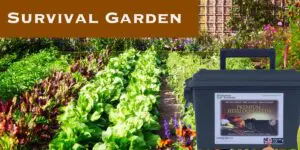As a Prepper or any fiscally minded individual can certainly see the benefits of an edible yard. I mean what’s not to love about the idea of grabbing a snack off your porch compared to running to the local store? Yet so few actually embrace and adapt edible landscaping. In this article I’ll give a good overview for your consideration of becoming one of those few. Natural landscaping itself is popular and great effort is put into the practice by many proud homeowners. All you’re really looking to do here is change some of those plants and shrubs over to edible ones. A lot of vegetables offer a pretty relief to your landscaping, and many plants that are delicious and full of nutrients offer ornamental varieties.
The preferred type of edible plants for those embracing this culture are perennial vegetables. This is primarily due to the fact that they come back year and year again alleviating you having to replant them every year. This is a huge benefit as you put a little work in up front and continued (easy) maintenance and these plants will provide you food and attractive landscaping for years to come.
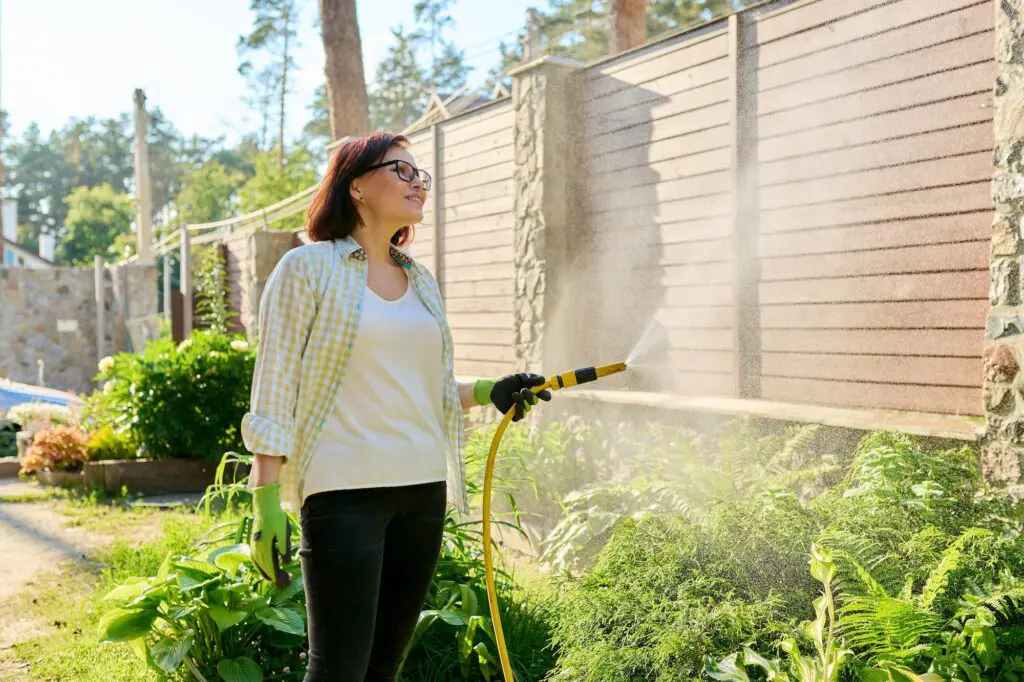
On maintenance, it really isn’t that much. It’s pretty much the normal maintenance you would expect. Like all plants they need water and a little feeding. Other than that some occasional weeding, pruning, or insect control will keep you looking and eating good. Many of these vegetable will live and feed you for years!
Perennials will typically die off in the winter. Don’t worry, that’s normal. They’ll return in the spring and run the normal growth cycle all over. With a continually concerning economy this is a great way to save on your grocery bill and avoid paying the over inflated priced of vegetables on your next shopping trip.
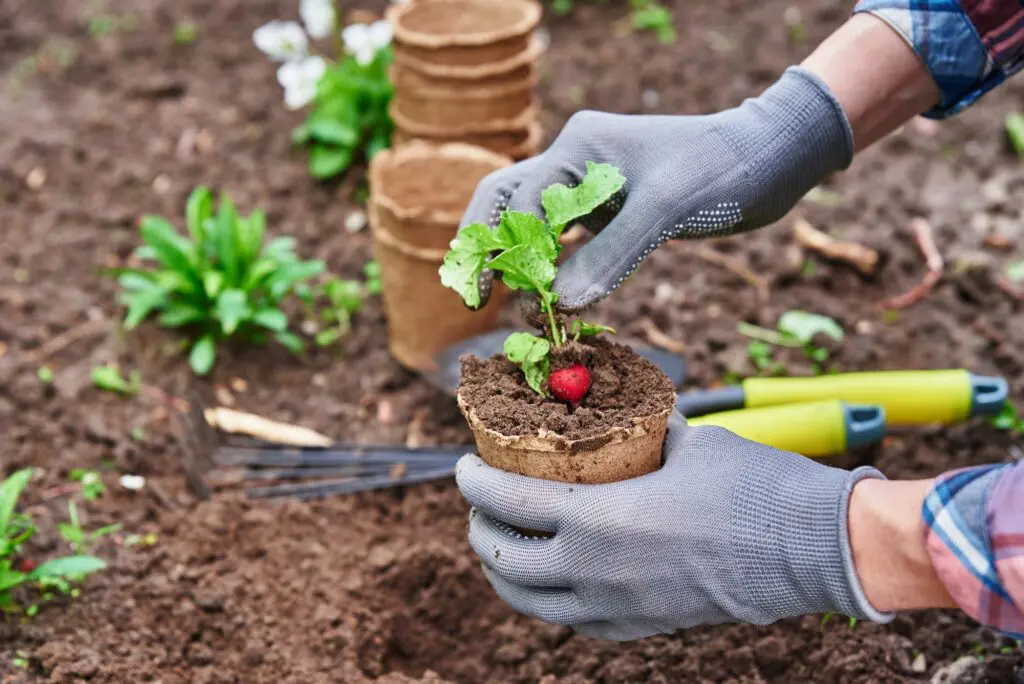
While we also recommend and embrace traditional gardening we recognize not everyone is willing to put in the time and effort a traditional garden takes. Depending on your set up there can be a fair amount of work involved such as consistent weeding, raking, hoeing, watering, fertilizing, and spraying the garden. Inversely though edible landscapes take very little effort. The are better compared to a traditional landscape on the workload!
There are many ways you can approach replacing your current landscaping with edible options. A simple and more common option is utilizing fruit and nut trees in place of non fruit bearing varieties. There are a great variety of perennial herbs that make excellent replacements for ground covers and shrubs. Of course ornamental vegetables are a great option as well in the place of flowers (unless they are edible flowers), borders and other accents in your yard.
Adopting an edible yard doesn’t mean that you have to forego all non edible landscaping. In fact many beautiful settings can be created by combining the two for unique and attractive looks. Herbs for instance make great accented additions to flower beds. Get creative here and you’ll be able to accomplish any look you desire.
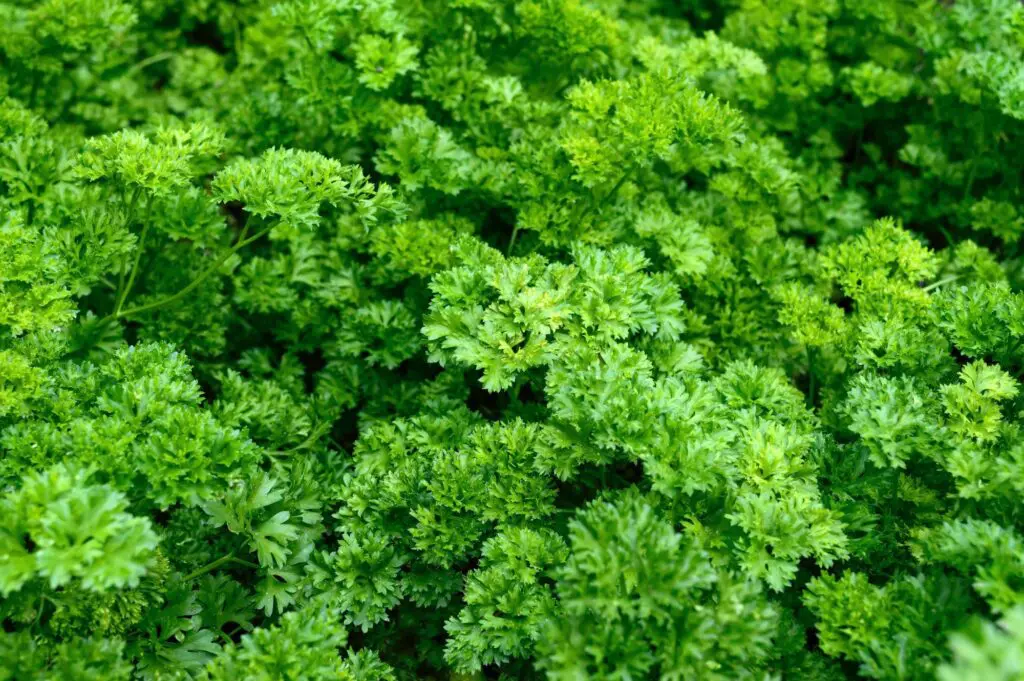
Curly parsley looks great with a ton of plants. Put it along side of pansies, lobelia, strawberries, dusty miller, or dianthus. Sage and oregano are very beautiful plants as well, and serve well as low shrubbery. They look fantastic as edging in front of larger bushes.
Leaf lettuces look lovely planted in beds as accent areas. You can plant a bed of different colors and varieties of leaf lettuce, and then edge it with a border grass. There are numerous plants that have edible flowers that can be considered.

Many of these plants also have other edible parts. They can look very striking as part of a landscape while they’re in bloom. Sugar snap peas have gorgeous white, pink, or purple flowers, and they produce delicious peas.
Fava beans produce red and white flowers. Chives have eye catching purple globe-shaped flowers. Dill has quaint yellowish blossoms. Nasturtium blossoms are edible, and come in a number of colors such as red, orange, and yellow. Sage sprouts out purple and blue blossoms. And salvia also has purple and blue blooms.
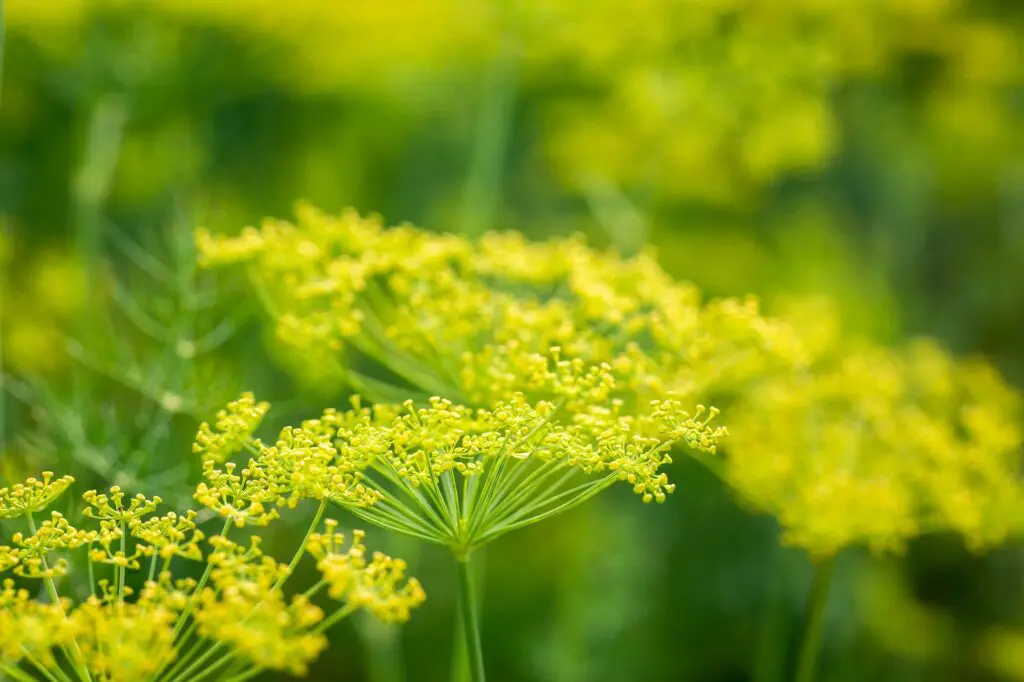
Perennial herbs and vegetables are superb for planting in edible landscapes, because they require so little maintenance. You can try perennial broccoli, dandelions, sweet potatoes, rhubarb, sorrel, artichokes and Jerusalem artichokes, chives, fennel, garlic chives, ginger, and asparagus.
I hope this short article has given you a little insight on the topic and even better if it’s encouraged you to start your own edible landscape. Tell us your thoughts in the comments below. By the way if you have an edible landscape we’d love to hear your setup and how it’s worked out for you.














